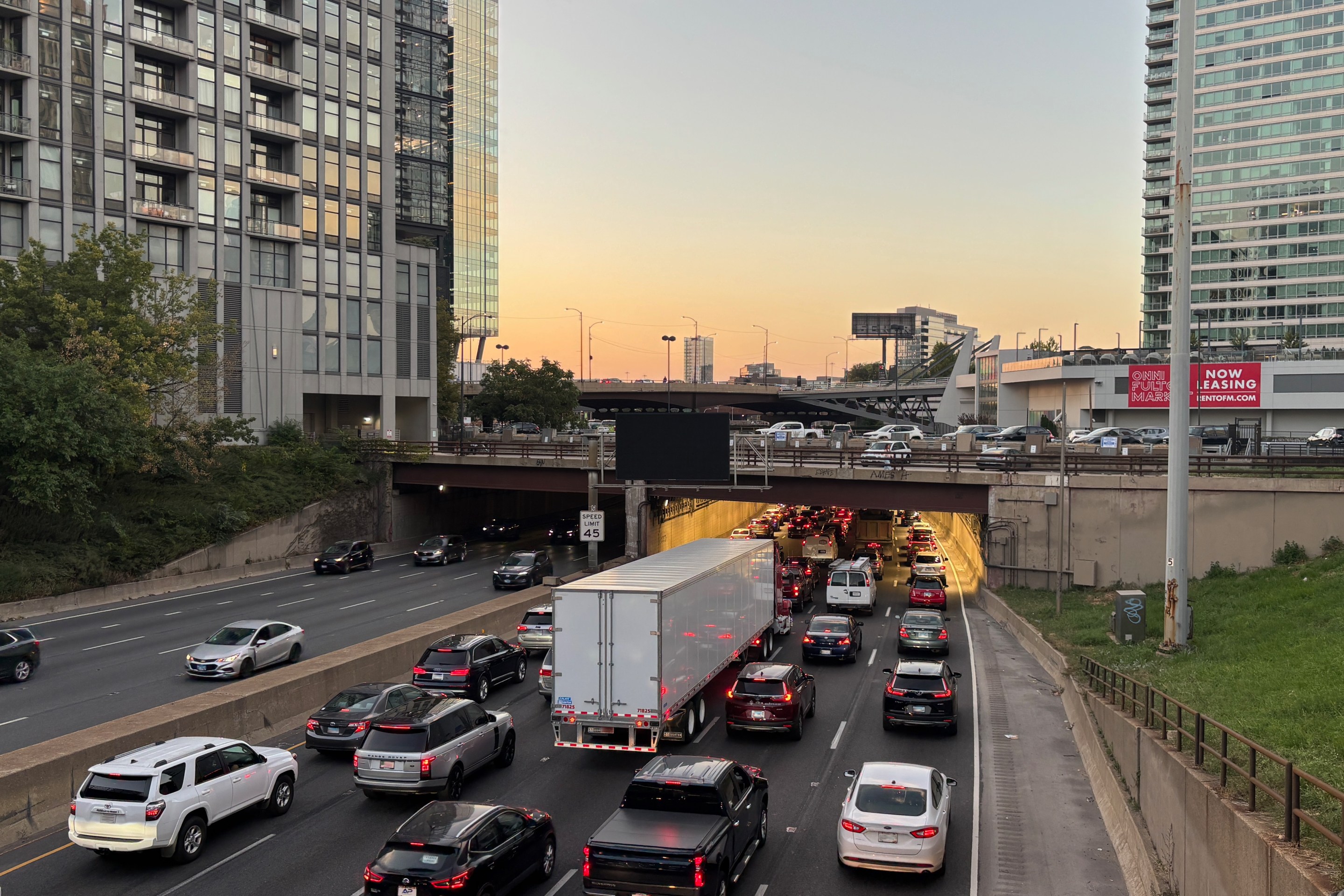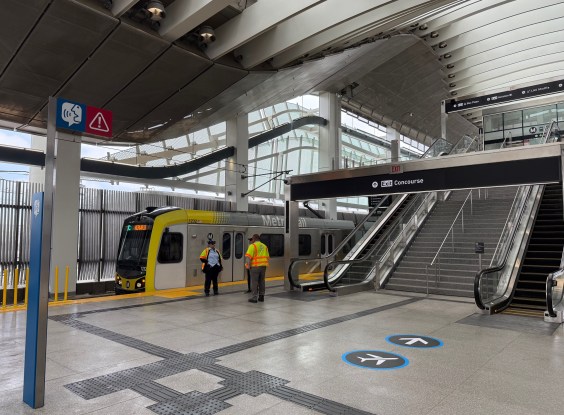For a while now, theorists have portended dramatic changes in the character and structure of American suburban communities. Frank Chiachiere at Seattle Transit Blog presents some evidence bearing out those prophesies.
Chiachiere cites a Seattle Times article that explains how institutional investors are buying blocks of single-family homes and adapting their business model to rentals in Seattle-area suburbs. Chiachiere says the conversion of the suburbs from an ownership to a rental society could dramatically change community institutions.
Ever since the financial crisis in 2008, there’s been talk that institutional investors would swoop in and rent out single-family homes. With large investors still eager for something that will generate a good return, it looks like it’s finally happening.
Conventional wisdom says that the math of single-family rentals doesn’t work out on a mass scale: detached suburban housing is just too spread out to efficiently oversee the way one might run an apartment building. But that may be changing. Cheap, wi-fi-enabled security cameras, along with errand apps like TaskRabbit, may enable remote landlording on a larger scale. Consumer preference may be shifting as well, as we move from an ownership society to a sharing economy.
If the concept does take off, it could revolutionize not just housing, but adjacent enterprises like public education as well. Want to get your kid into a good suburban school district? You don’t need to be able to put 20% down on a 30-year-fixed; you’ll just need first month, last month, and a security deposit.
Elsewhere on the Network today: Better Institutions maps the neighborhoods of Washington state to illustrate the areas with the lowest proportion of car commuters. Streets.mn shares an enlightening animation explaining the root causes of congestion. And West North relays the perspective of three local government leaders around the United States who attempt to explain changing attitudes about the relationship between urban development and financial and ecological sustainability.






